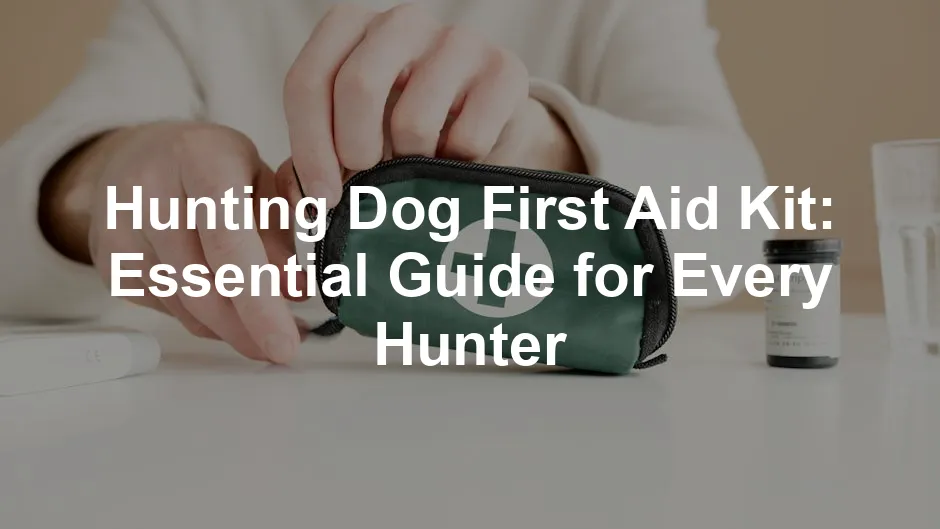Introduction
Every hunter knows that accidents can happen. That’s why having a first aid kit for your hunting dog is crucial. Field injuries can be unpredictable, and being prepared makes all the difference. A well-stocked first aid kit not only helps with immediate care but also gives you peace of mind while out in the wilderness with your furry companion.
Speaking of peace of mind, consider investing in a Dog First Aid Kit. It’s the ultimate safety net for those unexpected moments when your pup decides to have a dance-off with a thorn bush!
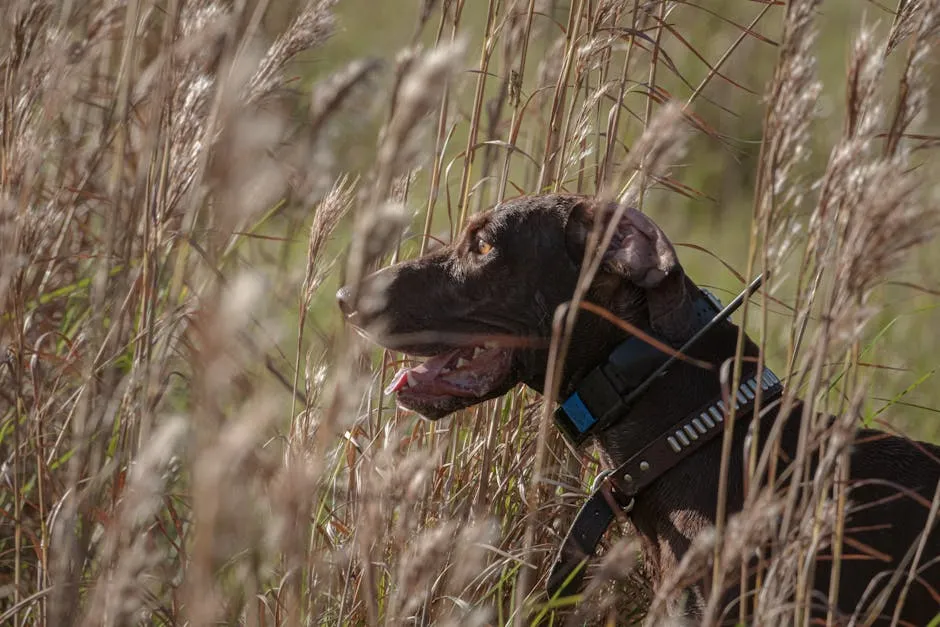
Summary and Overview
In this guide, we’ll cover everything you need to know about building a hunting dog first aid kit. You’ll learn what items are essential, from gauze to antiseptics. We’ll discuss common injuries that hunting dogs might face, such as cuts, sprains, and encounters with wildlife.
You’ll also have the option to build a custom kit or choose a pre-made one; both have their benefits. Understanding how to effectively use your kit is just as important as having it. By the end of this article, you’ll feel more confident and prepared for any situation that may arise in the field.
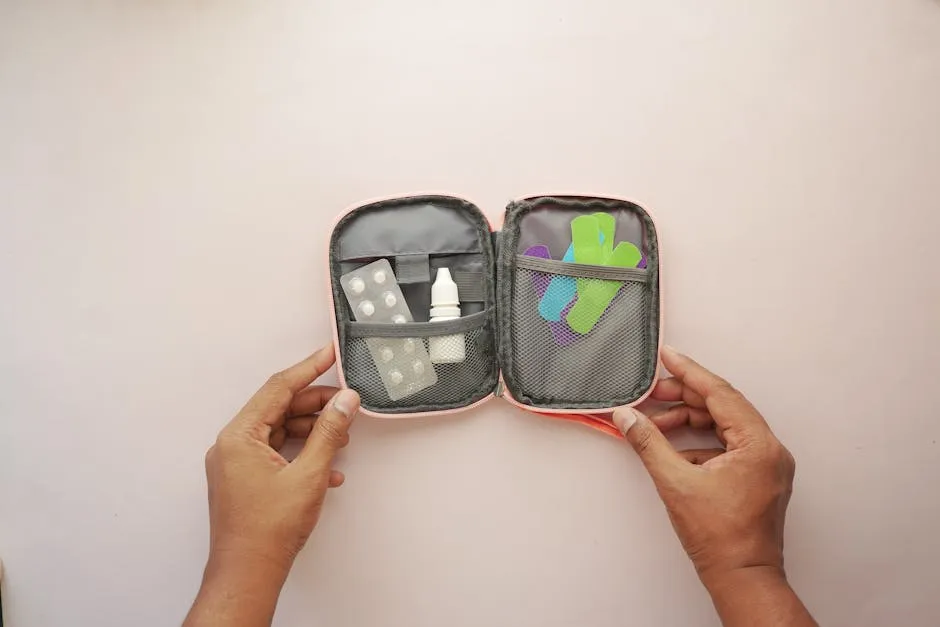
Understanding the Importance of a First Aid Kit
A first aid kit is vital for your hunting dog. Injuries can occur quickly during a hunt, from minor cuts to more serious wounds. Common injuries include abrasions, sprains, and puncture wounds. These can arise from rough terrain, brushes, or even encounters with wild animals.
Hunting poses unique risks. Dogs can easily get into trouble while chasing game or exploring their surroundings. Quick response time is essential in emergencies. A regular first aid kit often lacks dog-specific supplies and knowledge. Your dog’s well-being depends on having the right tools and understanding how to use them.
For instance, having Antiseptic Wipes on hand can help clean up those scrapes and scratches before they become a bigger issue. Trust me, your dog will thank you for it!

Essential Items for Your Hunting Dog First Aid Kit
Basic Components of a First Aid Kit
Every hunting dog first aid kit should include essential items. Start with gauze pads and antiseptic wipes for cleaning wounds. Bandages are crucial for covering injuries and preventing infection. Tweezers and scissors are handy for removing splinters or cutting bandages. It’s wise to pack adhesive tape and wraps for securing dressings.
Including human medical supplies can benefit your dog, too. Items like antiseptic ointment and gauze are safe for canine use. These supplies can provide immediate relief and protection until you reach a vet. Be sure to check local stores or browse online for these first aid supplies.
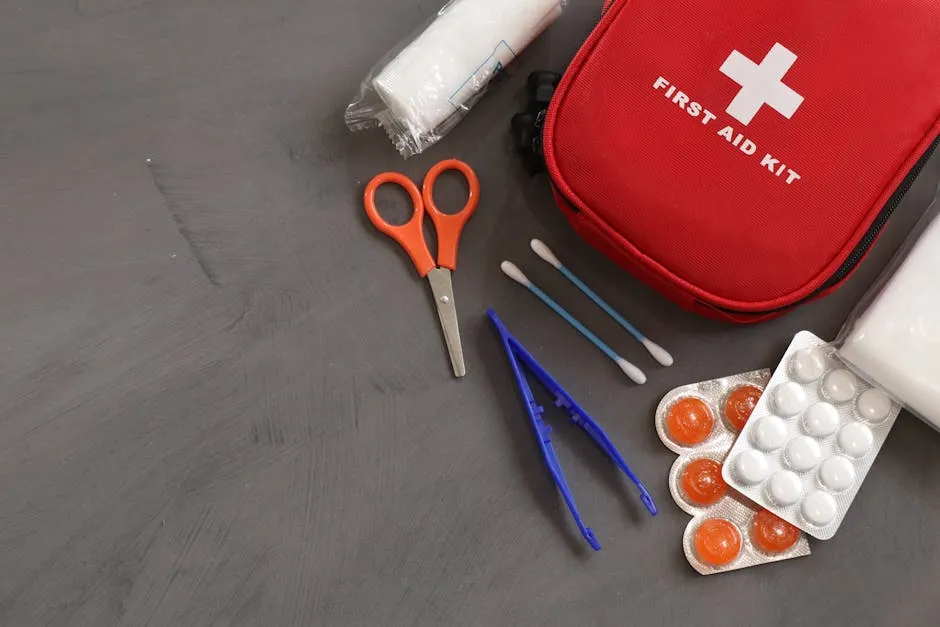
Dog-Specific Additions
In addition to standard supplies, your kit should have dog-specific items. A skin stapler can be invaluable for closing minor cuts. Hemostatic agents help control bleeding and are essential for severe injuries. Keep specialized medications, such as Benadryl, on hand for allergic reactions. Learn more about using Benadryl for dogs safely.
And while you’re at it, don’t forget to add some Dog-Specific Medications to your kit. You never know when a sneezing fit might strike during a hunt!
Including medications like Benadryl in your first aid kit can be crucial for addressing allergic reactions in dogs. Learn more about using Benadryl for dogs safely.
Customizing your kit based on your dog’s needs is key. Different breeds and activities may require unique items. For instance, active dogs might need extra bandages or cooling gels. Always consult with a veterinarian when selecting these dog-specific additions to ensure you’re fully prepared.
Speaking of cooling gels, if your dog runs hot during those summer hunts, a Cooling Gel for Dogs can be a lifesaver. Trust me, your pup will appreciate it after a long day of chasing birds!
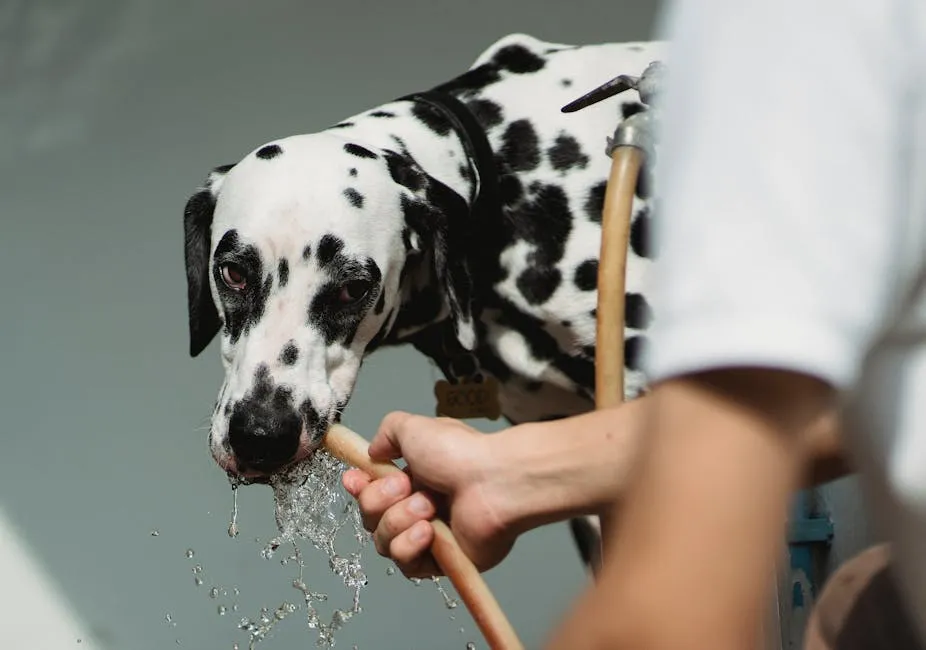
Building Your First Aid Kit
Pre-Made Kits vs. Custom Kits
When it comes to choosing a first aid kit for your hunting dog, you have two main options: pre-made kits and DIY kits. Pre-made kits offer convenience. They come ready to use and save you time shopping for individual items. However, they might not always cater to your specific needs.
On the other hand, creating a custom kit can be more cost-effective. You can handpick supplies that suit your hunting environment and your dog’s needs. This flexibility allows you to pack items tailored for specific injuries or situations.
Yet, assembling a DIY kit requires time and research. You’ll need to ensure your kit includes all necessary supplies. Both options have their pros and cons. Evaluate your personal needs and choose the best fit for you and your hunting partner.
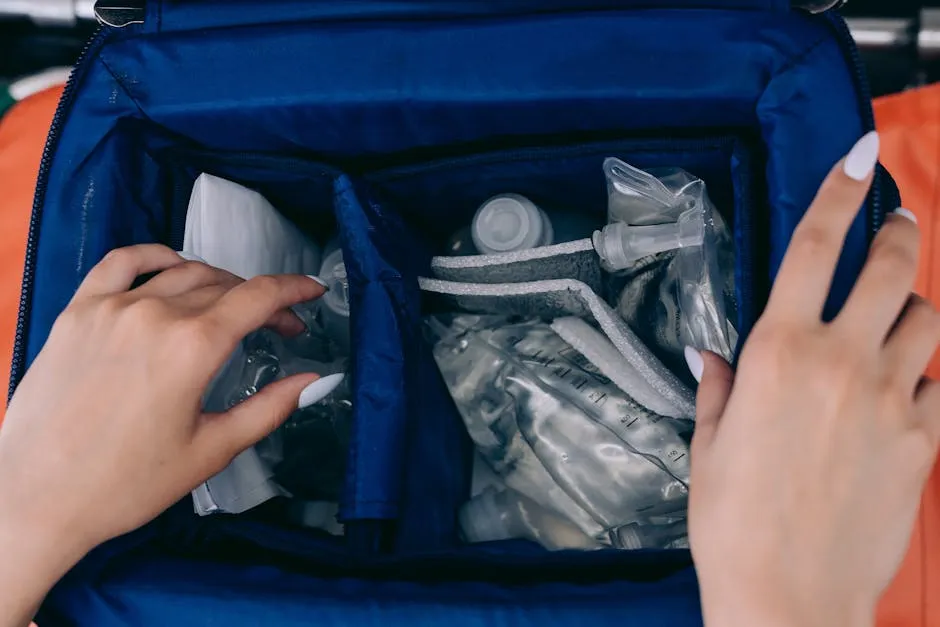
Tips for Packing Your Kit
Packing your first aid kit efficiently is essential for quick access in the field. Start by organizing supplies into categories, such as wound care and medications. This layout makes it easier to find items under pressure.
Consider using Waterproof Bags to protect your supplies from moisture. This is crucial during rainy hunts. Also, prioritize weight; choose lightweight materials to minimize the load.
Remember, every ounce counts when you’re navigating tough terrains. Keep only the essentials, focusing on items that maximize utility. Review your packing strategies before your next hunt to ensure readiness and efficiency.
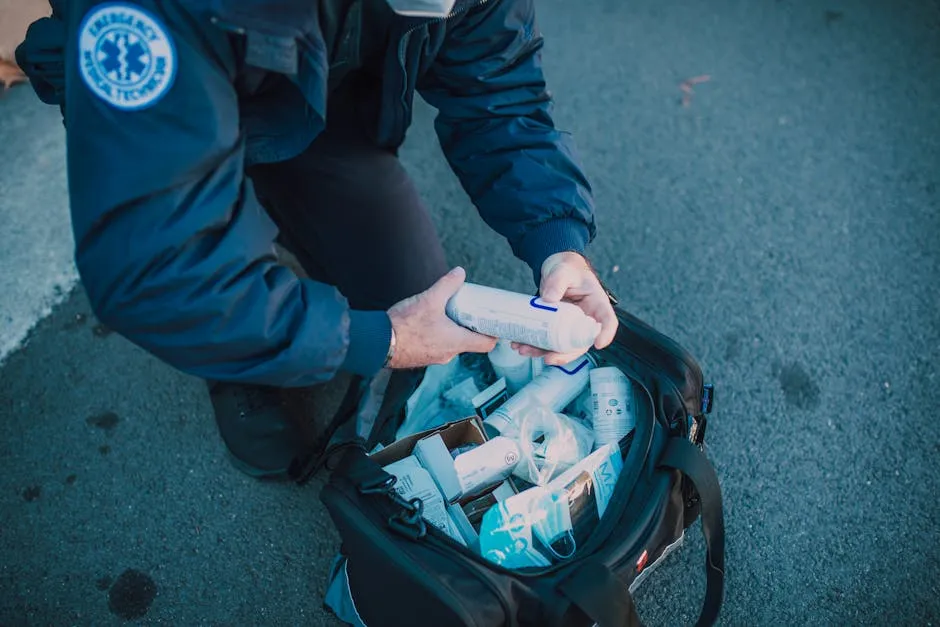
Common Injuries and How to Treat Them
Cuts and Abrasions
When your hunting dog gets a cut or abrasion, quick action is essential. Start by cleaning the wound with clean water or a saline solution. This helps remove dirt and debris. After cleaning, apply an antiseptic solution to prevent infection. You can use an antiseptic wipe or spray specifically designed for dogs.
Next, bandage the wound. Use a sterile gauze pad and wrap it with adhesive tape or a self-adhesive bandage. Ensure the bandage is snug but not too tight, as this can cut off circulation. Change the bandage daily to keep the area clean and dry.
Watch for signs of infection, such as swelling, redness, or pus. If you see any of these symptoms or if the wound doesn’t heal, seek veterinary help. Familiarizing yourself with these treatment guidelines can make a difference in your dog’s recovery.
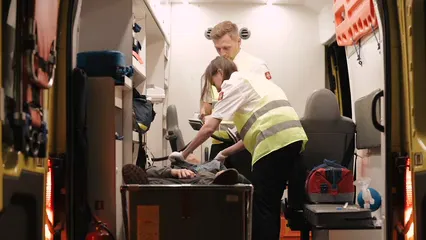
Sprains and Strains
Sprains and strains can occur when dogs are running or jumping during a hunt. Recognizing the signs early is crucial. Look for limping, swelling, or reluctance to put weight on the affected limb. If you notice these symptoms, it’s important to act quickly.
Start with basic first aid. Rest the injured area and avoid any strenuous activities. Apply a cold pack wrapped in a cloth to reduce swelling for 15-20 minutes. This can help alleviate pain and inflammation.
Monitor your dog closely during recovery. Gradually reintroduce activity as the dog heals. If the injury seems severe or doesn’t improve, consult a veterinarian for further evaluation. Taking prompt action can prevent more serious issues and ensure a smoother recovery for your furry friend.
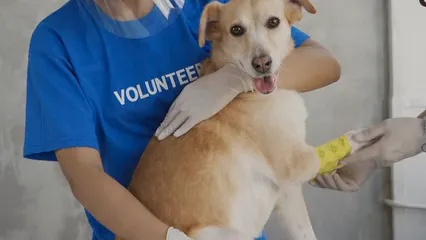
Conclusion
Being prepared with a first aid kit for your hunting dog is essential. Accidents can happen anytime, and having the right supplies makes a significant difference. A well-stocked kit offers peace of mind, allowing you to focus on your hunt without constant worry. Remember, being ready for emergencies is just as crucial as enjoying your time outdoors.
Regularly check and update your first aid kit. Ensure that all supplies are in good condition and replace any expired items. Keep your dog safe and secure while pursuing your passion. It’s better to be over-prepared than underprepared when it comes to your furry companion’s health.
And while you’re at it, why not add a Dog First Aid Manual to your collection? Knowledge is power, and when it comes to your dog’s health, it’s essential to be informed!
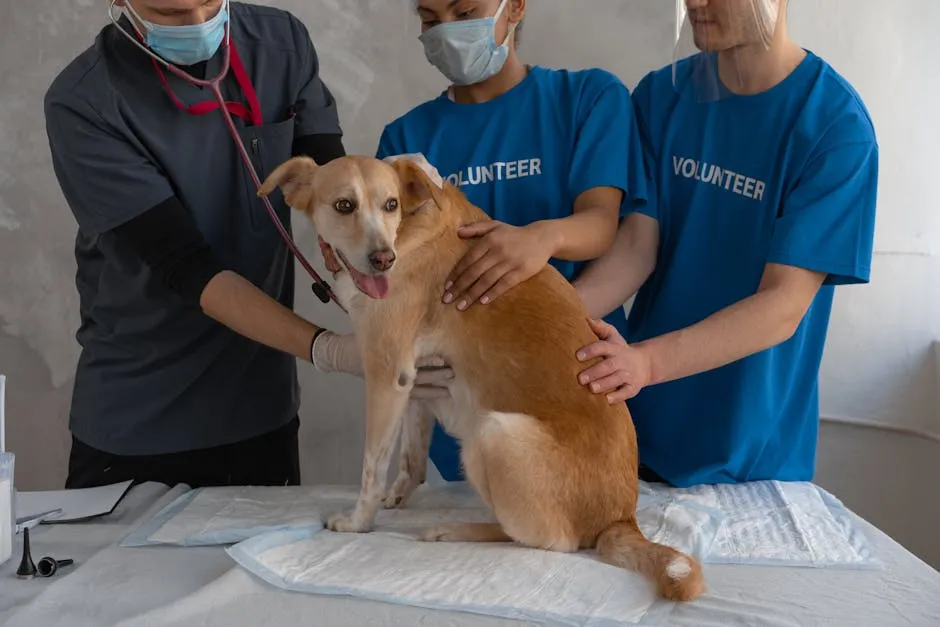
FAQs
What should I include in my hunting dog first aid kit?
Your hunting dog first aid kit should contain essential items like: Sterile gauze pads, Antiseptic wipes, Adhesive bandages, Tweezers and scissors, Medical tape, Cold pack, Emergency blanket, Benadryl for allergic reactions, Skin stapler for minor cuts.
How can I treat my dog’s injuries in the field?
For minor injuries in the field, stay calm and assess the situation. Clean the wound with water or saline, then apply antiseptic. Use gauze and tape to cover cuts. If your dog is limping, rest the leg and apply a cold pack. Always monitor your dog for signs of pain or infection and seek veterinary help if needed.
Is it safe to use human medications on dogs?
While some human medications can be safe for dogs, it’s crucial to consult your veterinarian first. Dosages vary significantly between humans and dogs. For example, Benadryl can help with allergies, but only under veterinary guidance. Always prioritize your dog’s health and safety.
When should I seek professional veterinary help?
Seek veterinary assistance if your dog shows severe symptoms like excessive bleeding, difficulty breathing, or if a wound appears infected. If your dog is in significant pain, has a broken bone, or exhibits unusual behavior, it’s time to consult a professional. Prompt action can prevent complications.
Can I buy pre-made first aid kits for dogs?
Yes, pre-made first aid kits for dogs are widely available. These kits often contain essential supplies for common injuries. While convenient, they may not cover all your specific needs. Consider customizing a kit to ensure that it’s tailored to your dog’s activities and health requirements.
Please let us know what you think about our content by leaving a comment down below!
Thank you for reading till here 🙂
All images from Pexels

